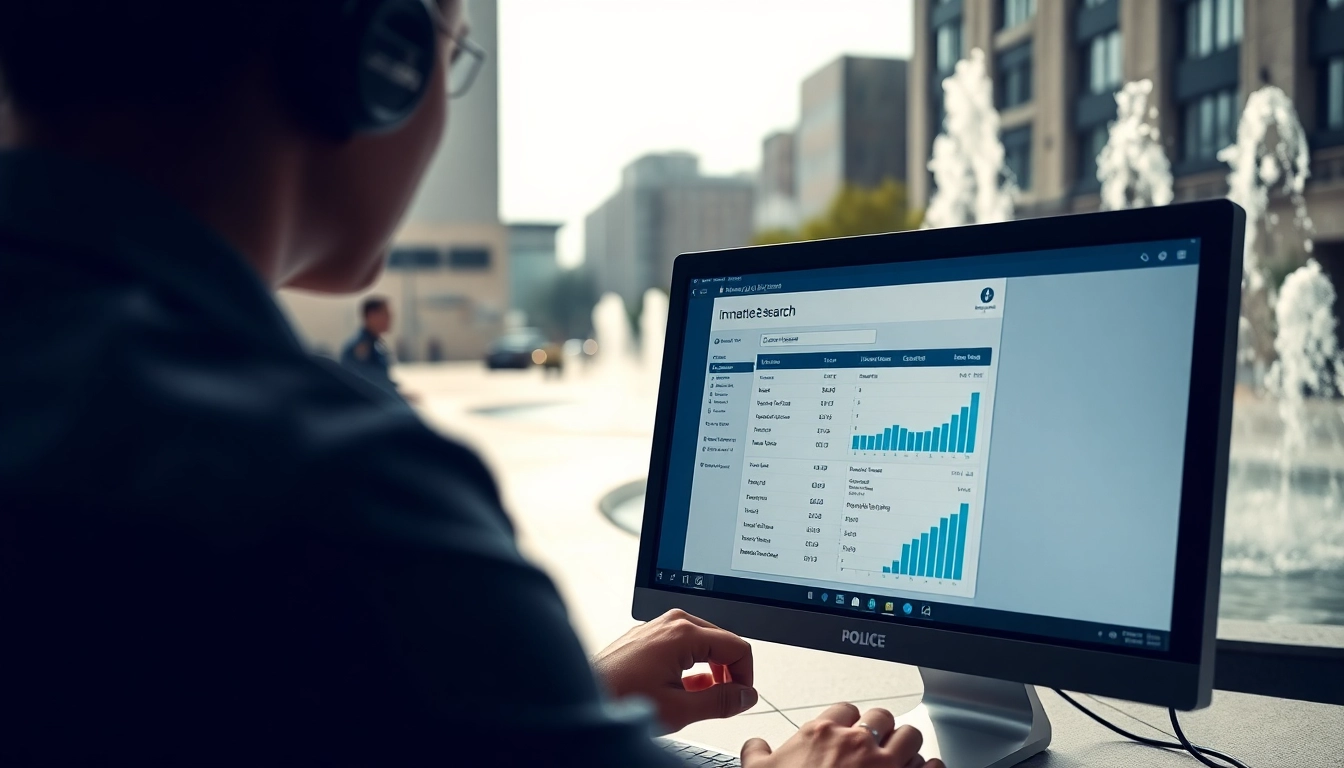Introduction to Trademark Registration in India and US
As globalization fosters closer economic ties between countries, understanding the intricacies of trademark registration in India and US has become increasingly important for individuals and businesses alike. Protecting your intellectual property through trademark registration not only safeguards your brand but also establishes your presence in competitive markets. This guide will provide a detailed overview of the trademark registration process in both India and the United States, highlighting key differences, requirements, and best practices to help you navigate the complexities of trademark law.
Understanding Trademarks: Definition and Importance
A trademark is a symbol, word, or phrase legally registered or established by use as representing a company or product. It serves as a powerful tool for differentiating products and services in the marketplace. Trademarks can include logos, brand names, slogans, and even sounds or colors.
The importance of trademark registration lies in its function as an essential asset to any business. By securing a trademark, businesses can:
- Protect their brand identity and prevent unauthorized use by competitors.
- Enhance their market position and customer trust.
- Facilitate the legal enforcement of rights in case of infringement.
- Potentially add value to the business, making it more appealing to investors.
Overview of Dual Trademark Systems
Trademark laws are inherently territorial, meaning that a trademark registered in one country does not automatically afford protection in another. Therefore, businesses operating in both India and the United States must navigate two distinct trademark systems. India follows the Trademark Act of 1999 and the Trademark Rules of 2017, while the US operates under the Lanham Act. Understanding the nuances of each system is crucial for effective brand protection.
Common Myths and Misconceptions
Many individuals, particularly those new to business or branding, hold misconceptions about the trademark registration process. Some common myths include:
- Myth: Trademark registration is only necessary for large corporations.
- Fact: Any business or individual that wants to protect a brand can and should seek trademark registration.
- Myth: A trademark doesn’t need to be registered to be enforceable.
- Fact: While common law rights exist, registered trademarks provide stronger legal protections and easier enforcement.
- Myth: The trademark registration process is overly complicated and not worth the effort.
- Fact: With the right guidance, trademarks can be registered smoothly, providing significant long-term benefits.
The Trademark Registration Process in India
Step-by-Step Guide to Registering a Trademark
In India, the trademark registration process involves several key steps:
- Trademark Search: Conduct a thorough search to ensure that your trademark does not conflict with existing registered trademarks. This can be done via the Indian Trademark Registry database.
- Filing the Application: Submit Form TM-A to the Trademark Registry, which can be done online. Include necessary details such as applicant information, trademark representation, and goods/services classification.
- Examination: The Trademark Registry will examine the application for compliance with legal requirements. If there are objections, you will receive a report, and you must respond within the specified timeframe.
- Publication: Post-examination, the trademark will be published in the Trademark Journal for public opposition. Third parties have 90 days to file an objection.
- Registration: If no opposition is filed or if the opposition is resolved in your favor, the trademark will be registered, and you will receive a registration certificate.
Required Documents and Fees
To register a trademark in India, you need to prepare and submit several documents, including:
- Application form TM-A duly filled and signed.
- Brand logo or print of the trademark.
- Proof of use or intent to use the trademark.
- Identity proof and address proof of the applicant.
- Power of Attorney (if filing through an agent).
The fees for trademark registration vary based on the following:
- For individuals/startups: ₹4,500 per class of goods/services.
- For companies: ₹9,000 per class.
Timeline for Trademark Registration in India
The average timeline for trademark registration in India can vary significantly based on several factors:
- Initial Processing: 1-2 months for examination of the application.
- Publication and Opposition: 4-6 months depending on whether any opposition is filed.
- Final Registration: An additional 1-2 months if there are no issues.
In total, the timeframe may range from 8 months to over a year, contingent on various factors including examination times, potential objections, and applicant responsiveness.
The Trademark Registration Process in the US
Key Steps for Filing a Trademark
Filing for trademark registration in the United States involves the following critical steps:
- Pre-filing Search: Conduct a comprehensive search in the USPTO’s Trademark Electronic Search System (TESS) to identify any conflicting trademarks.
- Select Filing Basis: Determine whether you are filing based on ‘use in commerce’ or ‘intent to use’ and complete the corresponding forms.
- Complete the Application: Prepare and file your application electronically through the USPTO’s Trademark Electronic Application System (TEAS), supplying all necessary information about the trademark and goods/services.
- Office Action Response: If the examining attorney identifies any issues, you will receive an Office Action asking for clarifications, which must be addressed within six months.
- Publication for Opposition: Upon approval, your trademark will be published in the Official Gazette, allowing others 30 days to oppose the registration.
- Final Registration: If no oppositions are filed or if you overcome opposition, the trademark gets officially registered, and you will receive a registration certificate.
Understanding Trademark Classifications
The United States uses the Nice Classification system, which organizes goods and services into different classes. It is crucial to correctly classify your goods/services under the appropriate class while filing, as this defines the scope of protection.
There are 45 trademark classes in total:
- Classes 1-34 cover goods (e.g., electronics, clothing, food).
- Classes 35-45 cover services (e.g., consulting, entertainment, healthcare).
Choosing the correct class not only aids in proper registration but also ensures that your trademark is adequately protected against similar trademarks in related markets.
Post-Registration Maintenance and Renewal
Once registered, a trademark in the US requires continuous maintenance to retain its rights:
- File a Declaration of Use (Section 8 filing) between the 5th and 6th year after registration to prove that you are still using the mark.
- Renew the trademark every 10 years (Sections 8 & 9 filings), showing continued use or the intent to continue using the mark.
Failure to comply with these requirements can result in cancellation of your trademark.
Comparative Analysis of Trademark Laws: India vs. US
Major Differences in Trademark Legislation
While both India and the US provide robust frameworks for trademark registration and protection, there are notable differences:
- Territorial Scope: In India, trademark rights are more often established through use rather than registration alone, whereas in the US, registration provides a presumption of ownership and exclusive rights.
- Duration of Protection: In the US, registered trademarks last for ten years but can be renewed indefinitely. In India, trademarks can also be renewed but the use must continue; otherwise, the registration can be canceled.
- Opposition Procedures: In the US, a 30-day opposition period exists after publication, while in India, the opposition can be filed during a specific period after publication in the Trademark Journal.
International Treaties Affecting Trademark Registration
Both India and the US are signatories to international agreements that influence trademark law, including the Trade-Related Aspects of Intellectual Property Rights (TRIPS) Agreement and the Madrid Protocol. The Madrid Protocol, particularly, allows for international trademark registration, enabling applicants to register trademarks in multiple countries with a single application.
Case Studies: Trademark Enforcement in Both Countries
Understanding how trademarks are enforced provides further insight into each country’s legal framework. For instance:
- The case of Red Bull GmbH vs. D. B. Group in India demonstrates the significance of established brand reputation in enforcement actions.
- In the US, the Louis Vuitton Malletier S.A. vs. Haute Diggity Dog, LLC case highlighted the balancing act between trademark rights and free speech.
Best Practices for Successful Trademark Registration
Tips for Avoiding Common Pitfalls
Embarking on the trademark registration journey can be intricate, but avoiding common pitfalls can smooth the process:
- Conduct thorough searches before filing to minimize the risk of objections and refusals.
- Ensure accurate and comprehensive application details to avoid delays, including proper classification.
- Monitor for possible opposition and be prepared to defend your application effectively.
Leveraging Legal Assistance for Applications
Engaging a trademark attorney can be invaluable, especially for businesses unfamiliar with the registration process. Legal professionals can provide personalized guidance and strategically navigate complexities, from conducting searches to responding to Office Actions.
Post-Registration Strategies for Brand Protection
Once your trademark is registered, proactive measures should be implemented to maintain its integrity:
- Regularly monitor the market for potential infringement, employing resources like trademark watch services.
- Educate employees about the importance of the trademark and associated policies.
- Take legal action against infringements to uphold the brand’s reputation and integrity.
Conclusion
In a rapidly evolving global marketplace, protecting your brand through trademark registration is indispensable for securing your business’s future. By understanding the processes specific to trademark registration in India and US, businesses can leverage legal protections to not only safeguard their identity but also thrive in competitive industries. As you navigate this process, remember that thorough preparation, vigilance, and strategic enforcement are key to establishing and maintaining a strong trademark.

